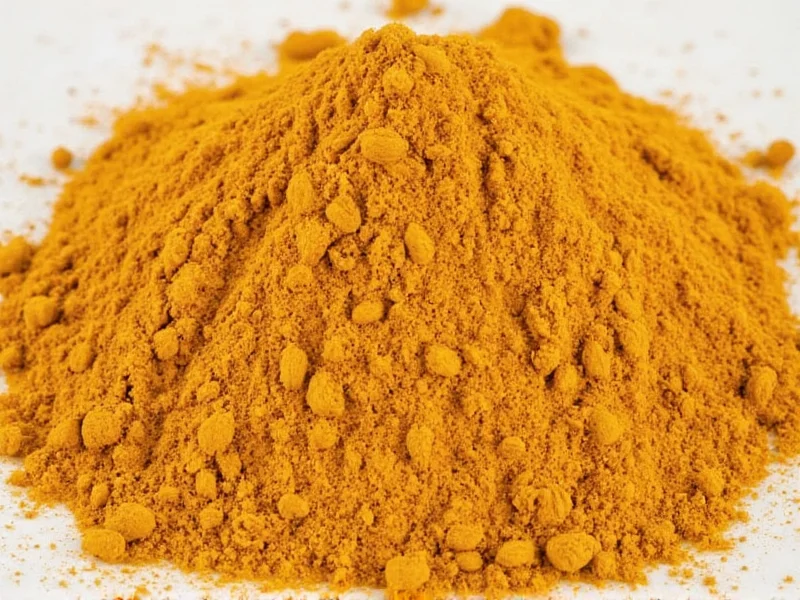Running out of turmeric while cooking doesn't have to ruin your recipe. Whether you're making curry, golden milk, or a vibrant rice dish, knowing effective turmeric alternatives ensures your culinary creations maintain both visual appeal and flavor integrity. This guide explores scientifically backed substitutes that address turmeric's three key characteristics: its distinctive golden color, earthy flavor profile, and health properties.
Understanding Turmeric's Unique Properties
Turmeric stands out in the spice world for three critical reasons. Its active compound curcumin creates that signature golden-yellow hue that transforms ordinary dishes into visually striking meals. The earthy, slightly bitter flavor with peppery notes makes it indispensable in many global cuisines. Additionally, turmeric's well-documented anti-inflammatory properties drive its popularity in health-conscious cooking. When seeking substitutes, consider which attribute matters most for your specific recipe.
Top 7 Turmeric Substitutes Ranked by Effectiveness
1. Saffron: The Premium Color Alternative
When you need that vibrant yellow color without turmeric's distinct flavor, saffron reigns supreme. Use just a few threads per recipe since saffron's coloring power exceeds turmeric's. While significantly more expensive, saffron delivers a subtle floral note that works beautifully in rice dishes and creamy sauces. For what spice can replace turmeric in paella, saffron remains the authentic choice. Remember to steep threads in warm liquid before adding to your dish for maximum color extraction.
2. Curry Powder: The Flavor-Focused Solution
Curry powder makes an excellent turmeric substitute when flavor matters more than color. Most blends contain 15-25% turmeric alongside coriander, cumin, and fenugreek. Use 1.5 teaspoons of curry powder for every teaspoon of turmeric required. This works particularly well for what spice can replace turmeric in curry situations, though the resulting dish will have more complex flavor notes. Check ingredients since curry powder formulations vary significantly between brands.
3. Ginger-Mustard Powder Blend: The Balanced Approach
Combine equal parts ground ginger and mustard powder to create a substitute that addresses both color and flavor. Ginger contributes yellow tones and anti-inflammatory compounds, while mustard powder adds the necessary earthiness. Use 1.5 teaspoons of this blend per teaspoon of turmeric. This combination proves especially effective for substituting turmeric in golden milk recipes while maintaining health benefits. The resulting flavor profile works well in soups, stews, and marinades.
4. Annatto: The Natural Coloring Agent
Annatto seeds or paste provide vibrant color without significantly altering flavor. Used extensively in Latin American and Caribbean cooking, annatto delivers a rich orange-yellow hue. Steep 1 teaspoon of seeds in warm oil for 5 minutes, then remove before cooking. This substitute shines when you need what gives the yellow color in recipes without turmeric. Annatto works particularly well in rice dishes and cheese preparations where turmeric's flavor would overpower.
5. Paprika: The Smoky Option
Sweet or smoked paprika can mimic turmeric's color while adding its own distinctive flavor profile. Use 1.5 teaspoons of paprika per teaspoon of turmeric. This substitute works best in hearty dishes like stews or roasted vegetables where the smoky notes complement other ingredients. For recipes requiring turmeric alternative for anti-inflammatory benefits, choose sweet Hungarian paprika which contains higher antioxidant levels than smoked varieties.
6. Cumin: The Earthy Flavor Substitute
When turmeric's earthy notes matter more than color, cumin provides a suitable alternative. Use half the amount of cumin compared to turmeric since it has a stronger flavor. This works well in bean dishes and spice rubs where the visual aspect matters less. Cumin lacks turmeric's yellow pigment but delivers comparable depth in savory applications. Consider this option when exploring spice substitutes for turmeric in lentil recipes.
7. Dandelion Root: The Health-Conscious Choice
For those seeking turmeric substitute for people with gallbladder issues, dandelion root powder offers similar anti-inflammatory properties without turmeric's potential digestive complications. It provides a mild yellow color and earthy flavor. Use a 1:1 ratio when substituting. This alternative works particularly well in teas and broths where turmeric's stronger flavor might dominate.
| Substitute | Color Match | Flavor Match | Health Benefits | Best Used In |
|---|---|---|---|---|
| Saffron | ★★★★★ | ★☆☆☆☆ | ★★★☆☆ | Rice dishes, sauces |
| Curry Powder | ★★★☆☆ | ★★★★☆ | ★★★☆☆ | Curries, stews |
| Ginger-Mustard Blend | ★★★☆☆ | ★★★☆☆ | ★★★★☆ | Golden milk, soups |
| Annatto | ★★★★☆ | ★☆☆☆☆ | ★★☆☆☆ | Rice, cheese dishes |
| Paprika | ★★★☆☆ | ★★☆☆☆ | ★★★☆☆ | Stews, roasted vegetables |
Substituting by Recipe Type
Different dishes require different substitution approaches. For Indian curries, curry powder provides the most authentic flavor profile despite slightly less vibrant color. When making golden milk, the ginger-mustard blend preserves both color and health benefits. In rice dishes like biryani, saffron delivers the visual impact while annatto works well in Latin American rice preparations. For salad dressings where turmeric's bitterness might dominate, paprika offers a milder alternative.
Health Considerations for Turmeric Substitutes
Some individuals seek turmeric alternatives due to health concerns. Those with gallbladder issues often need turmeric substitute for people with gallbladder issues since turmeric can stimulate bile production. In these cases, dandelion root or ginger provide safer anti-inflammatory options. If you're on blood thinners, consult your doctor before using saffron as a substitute since it also has blood-thinning properties. For general wellness applications, ginger maintains similar anti-inflammatory benefits without turmeric's distinctive flavor.
Storage Tips for Turmeric Alternatives
Proper storage maintains the potency of your spice substitutes. Keep saffron in an airtight container away from light - it retains quality for up to two years. Curry powder stays fresh for 6-12 months in a cool, dark place. Ginger and mustard powder blends should be used within 6 months for maximum flavor impact. Annatto paste requires refrigeration after opening and lasts about three months. Remember that older spices lose both color intensity and flavor, so check your pantry before substituting.











 浙公网安备
33010002000092号
浙公网安备
33010002000092号 浙B2-20120091-4
浙B2-20120091-4